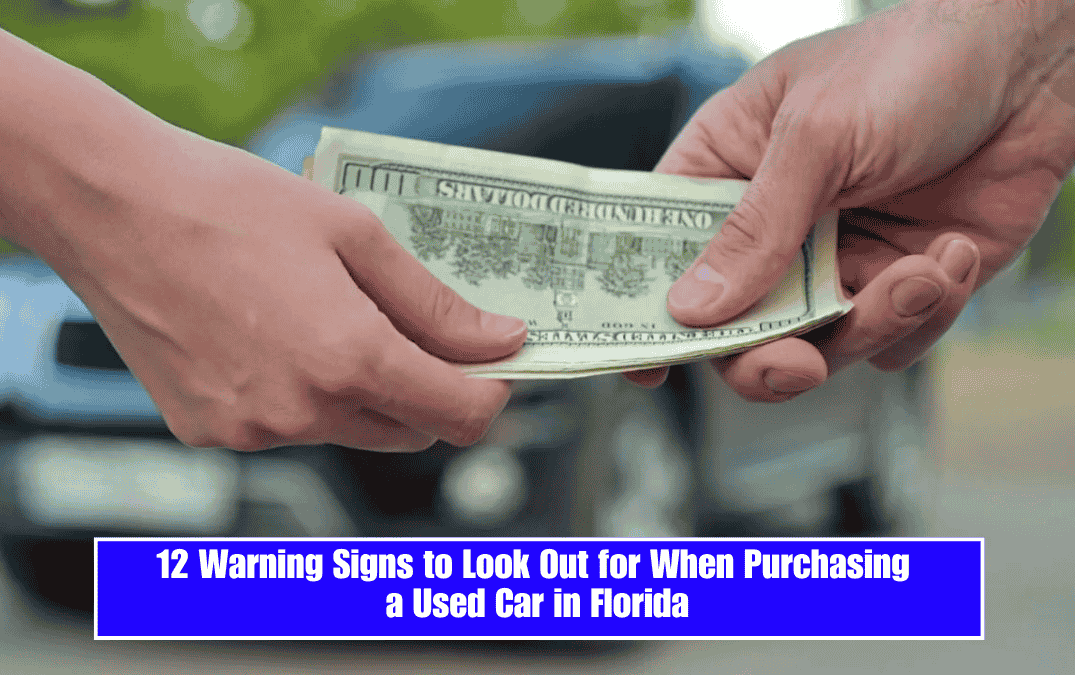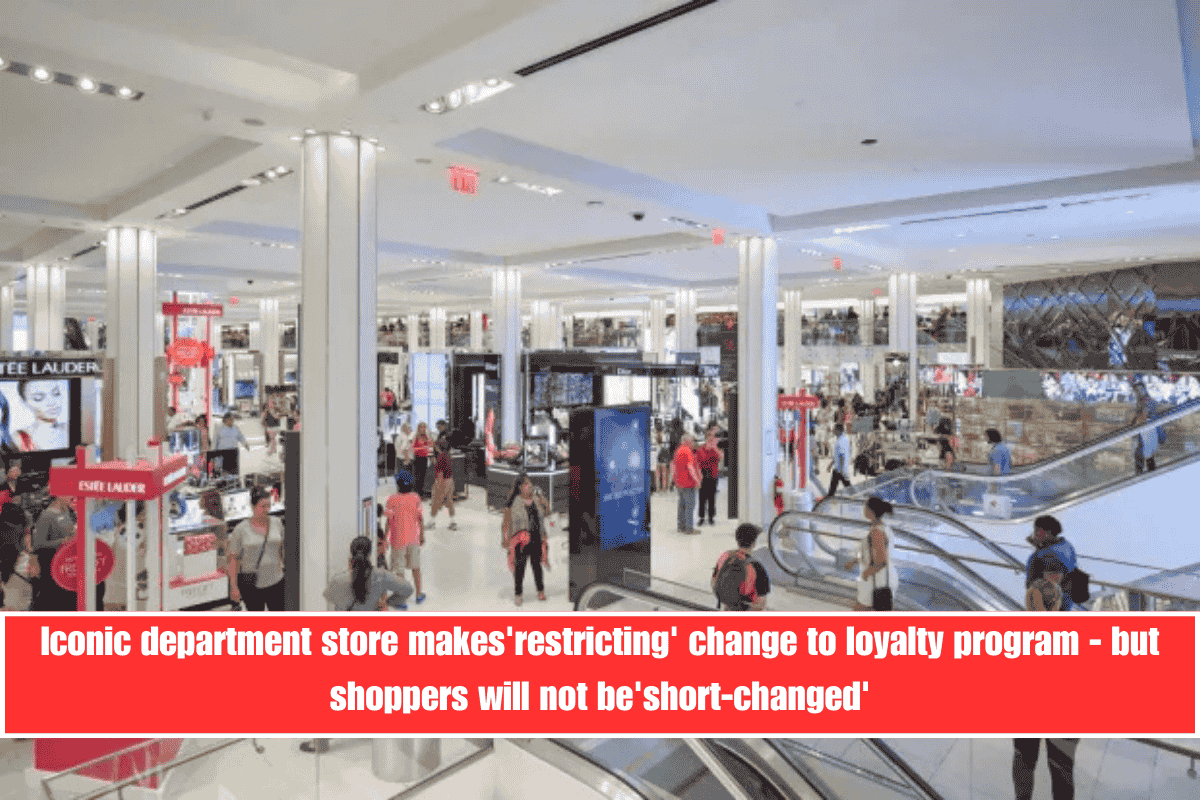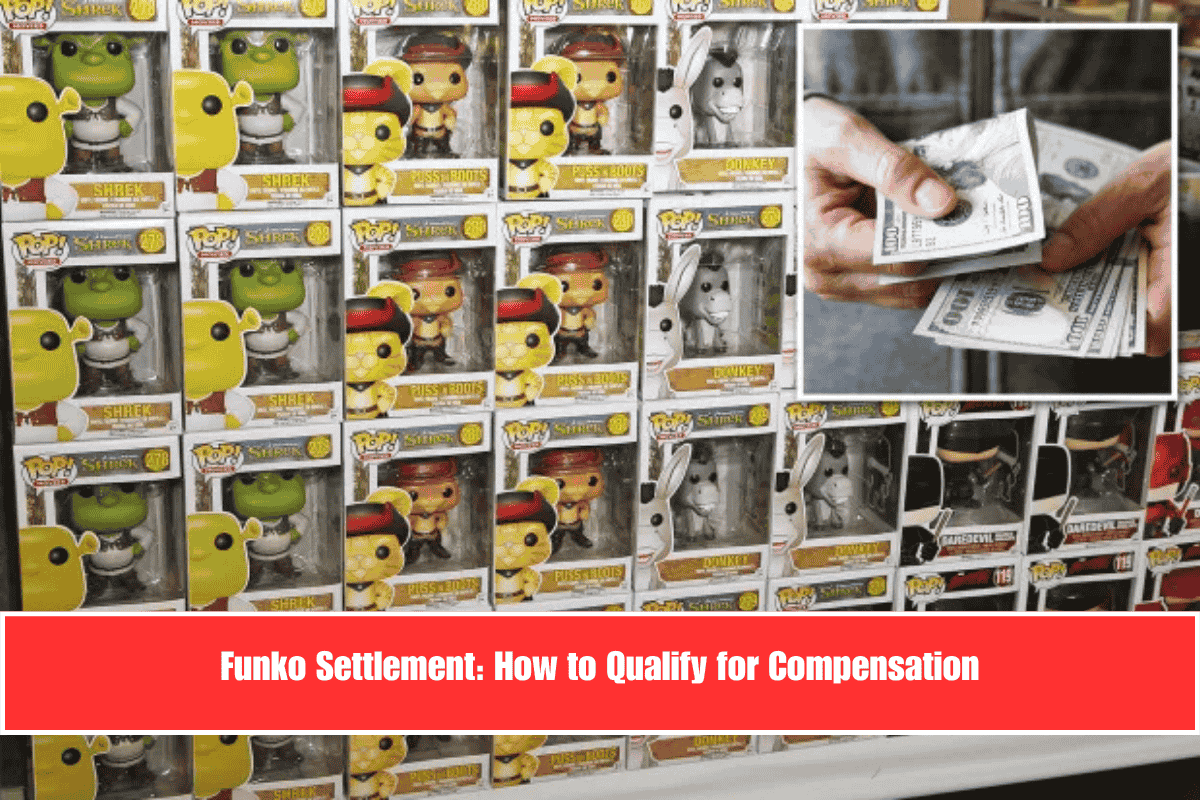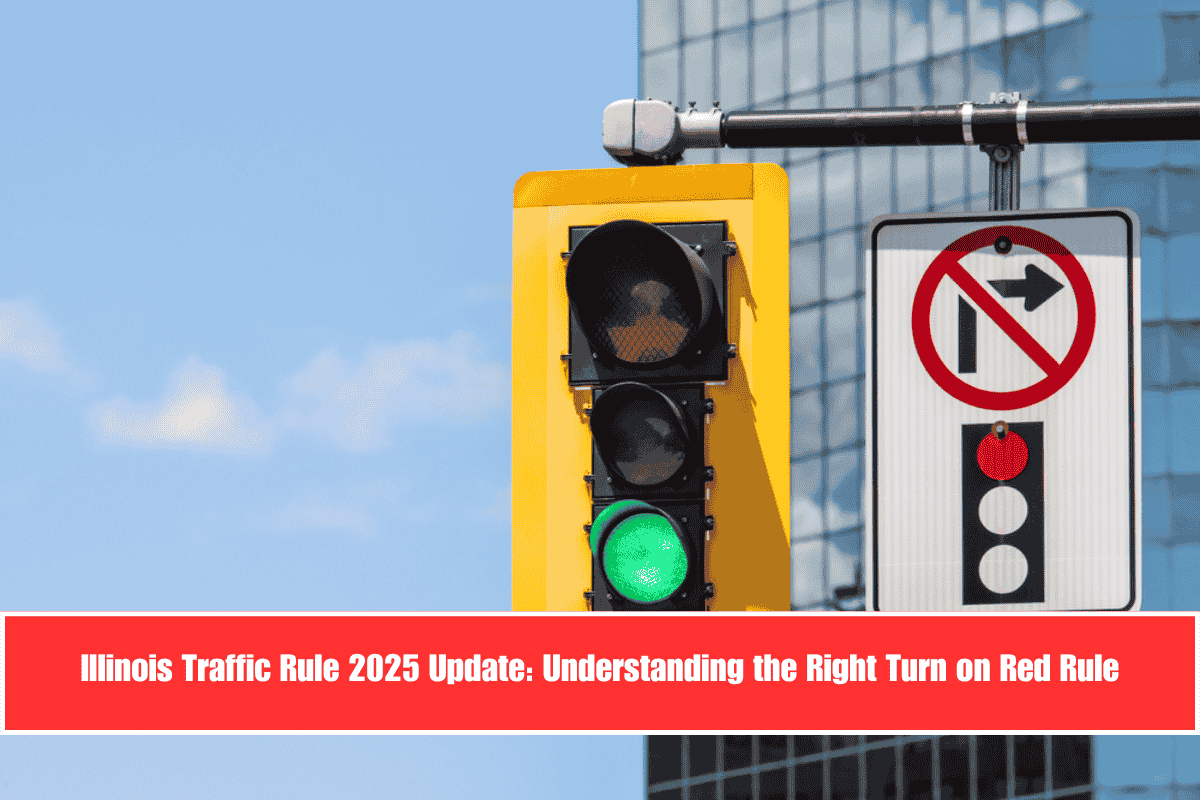Purchasing a used car in Florida can be a thrilling adventure—or a complete disaster. One minute you think you’ve found the ideal vehicle, the next you’re in a grocery store parking lot Googling “how to fix weird smoke coming from engine.”
The truth is that some used cars are excellent value, while others are deceptively expensive.
Here’s what to look for before getting stuck dealing with someone else’s car problems.
The Paint Doesn’t Match in Certain Spots
Uneven paint on a used car is like makeup concealing a black eye. If one door is a slightly different colour than the others, it is likely that a component of the vehicle was replaced or repainted following an accident.
Sellers do not always admit to crashes, especially if they repaired it themselves or skipped insurance.
But mismatched paint, strange scratches, or spray paint on the rubber trim around the windows? That’s a sign the car has been through something.
Examine the car in daylight from various angles.
If something appears to be off, it most likely is.
The Price Seems Suspiciously Low
If the price of a used car is significantly lower than that of similar vehicles, this is not a good sign; rather, it is a red flag.
We’re talking about a car that would normally sell for $12,000 but is now listed for $4,500. There’s something going on. Nobody gives away a perfectly good car for such a low price unless there is a catch.
Sometimes shady sellers price items extremely low in order to entice customers to buy quickly. They’ll say things like “Must sell today!” or “First to show up gets it!” That kind of pressure usually indicates that they’re hiding something.
People do not rush to sell good cars unless they want to get rid of a problem quickly.
It’s always a good idea to look up the average price of the same car online, using Kelley Blue Book or Edmunds. That way, you’ll know whether the deal is reasonable or too good to be true.
The Car Smells Like a Damp Basement
If you get into a used car for sale and it smells like wet dog, sour towels, or a swampy locker room, it’s not just unpleasant; it could indicate that the car has water damage.
Formerly flooded vehicles are nothing but trouble.
Even if the outside looks great, that odour indicates that there could be mould in the carpets, water in the electrical components, or another soggy surprise waiting to mess things up. Some sellers try to mask it with air fresheners, but the strong “pine forest” scent is frequently a distraction from the true stench beneath.
Lift the floor mats, inspect the trunk, and give the seats a good sniff.
If anything feels damp or smells strange, it’s time to leave.
They Get All Weird About Letting a Mechanic Look at It
One of the best things you can do before purchasing a used car is to have a mechanic inspect it.
However, if the seller suddenly clams up or says, “Nah, that’s not necessary,” it’s most likely because they know what the mechanic is going to find—and it’s bad news.
A trustworthy seller should be perfectly fine with a quick inspection. But if they keep making excuses like “My cousin just looked at it last week,” or “There’s no time for that,” it’s not going to work.
That’s suspicious.
Spending a small amount of money to get a mechanic’s opinion can result in significant savings later on. It is far better to hear “this car needs a new transmission” before purchasing it than after.
The Check Engine Light Is On
That little orange light on the dashboard isn’t just for fun. It indicates that the car is yelling, “Help me!” If that light is on and the seller simply dismisses it with “Oh, that’s always been there,” that’s not comforting.
Some sellers even unplug the battery or reset things, causing the light to turn off for a while.
Sneaky, right?
However, if it comes back on during a test drive—or worse, immediately after purchasing the vehicle—it’s a bad sign.
It’s worth using a cheap code reader (or borrowing one from a friend or an auto parts store) to determine what’s wrong.
It could be something small. or a massive, expensive fix.
The Car’s History Sounds Like a Soap Opera
Every car has a story. Some are boring. Others are complete drama. That is why it is a good idea to obtain a vehicle history report from Carfax or AutoCheck.
If the seller refuses to provide one or acts as if they have no idea what it is, that is a huge red flag.
The report can reveal whether the car was involved in a collision, suffered flood damage, or was owned by six different people in five years. All of this matters.
If the car has previously moved between states or had a “salvage” title, there is a reason for this.
If someone is secretive about their past, they are most likely not telling the whole story. Nobody wants to buy a car with a hidden identity.
The Mileage Doesn’t Match the Wear and Tear
Low mileage is ideal, but only if it is accurate. However, if a 12-year-old car has only 22,000 miles on it and the driver’s seat is ripped, the steering wheel is faded, and the gas pedal appears to have been stomped on for a decade, those numbers do not add up.
Rolling back odometers used to be very obvious with the old spinning numbers, but now they’re digital—and just as easy to fake for anyone willing to try.
It’s also helpful to review service records. They usually list the mileage.
If the car had 70,000 miles five years ago and now has 50,000, someone is playing a game.
The Seller Is Pushing Too Hard
If someone tries to rush the sale—saying, “I’ve got three other people interested!” or “You gotta decide right now!”—it’s usually because they don’t want you to look too closely.
A good car sells itself. A good seller will not mind questions, test drives, or a few minutes to think.
So if they’re breathing down your neck and acting like it’s a race, it could be because they know the deal isn’t very good.
Nobody should ever feel pressured to pay cash for a car. If the seller appears jumpy or suspicious, walk away.
The Tires Are Bald or Mismatched
Tyres can also tell a story. If they’re completely worn down or all four are different brands, it’s more than just an eyesore; it indicates that the car was not properly maintained. It could even affect the way the car drives.
Also, uneven tyre wear, such as more on one side than the other, may indicate that the alignment is incorrect or that the car has frame damage.
That is the kind of stuff that adds up quickly in repair shops.
A reputable seller will typically replace the tyres before selling. If they didn’t bother, what else did they skip?
The Title’s a Mess
This is where things can get very complicated. If the seller does not have the title or it is in someone else’s name, it’s time to hit the brakes.
Without a title, they have no way of proving they own the car.
Also, be extremely cautious with titles that say “salvage” or “rebuilt.” That means the car was once totalled and someone attempted to repair it. Sometimes it works out, but most of the time it results in regret and repair bills.
Always double-check the title to ensure that it matches the VIN on the car, and that there are no liens (loans).
If the paperwork is sketchy, the deal is likely to be as well.
The Car Was Just Cleaned… Way Too Well
Sure, a clean car is nice, but if it looks suspiciously spotless—for example, the engine appears to have been power-washed and the carpets are still damp—it could be a cover-up. Sellers may clean things too perfectly to conceal leaks, stains, or signs of damage.
An engine that appears to be spotless may be leaking oil or coolant, and the seller scrubbed it to keep people from noticing.
If the interior smells like ten air fresheners exploded, they could be covering up smoke, mildew, or something worse.
A typical used car should have some dust, crumbs, and possibly an old receipt in the glove box. Beware if it appears to have been detailed by a NASCAR pit crew.
Test Drive Feels Off
A quick spin around the block should be smooth and easy. However, if the brakes squeal, the steering wheel shakes, or the car jerks when shifting gears, it means something is wrong under the hood.
Some sellers hope that people won’t notice minor flaws during a short drive, but savvy buyers do.
Try different speeds. Check the brakes. Turn the radio off and listen for strange noises.
What if something feels off? Believe that feeling.
If you pay attention during the test drive, you will notice that many issues arise.














